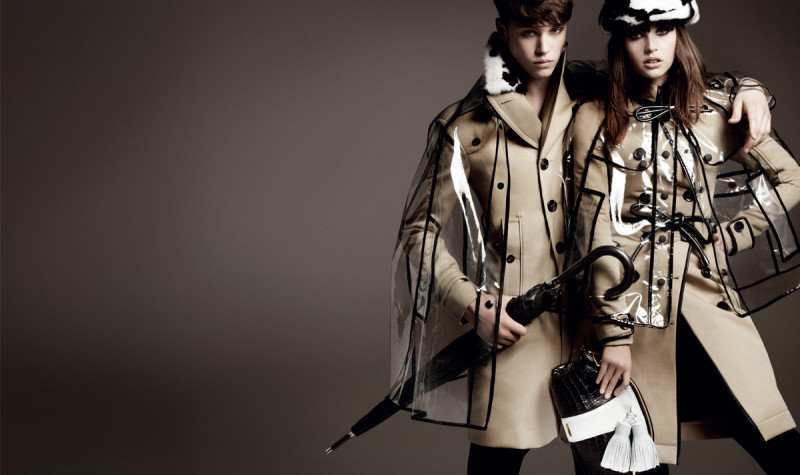Burberry’s Brexit Bounce

On recent consensus estimated prospective PER of 16 and an estimated forecast annual dividend yield of 3.4% the shares have lost their premium. The share price is well supported by 350p of net assets commanding an enterprise value of around 520p a share.
I have not been much attracted to Burberry shares for a year or two. It struck me as being a bit too appropriately fashionable and obvious an investment concept, and earlier, a rather overvalued one as well. Burberry became just a bit too creative. Even the latest Q1 statement reads, in part, a bit like one of those conceptual art explanations – e.g. Managing the “Business with agility whilst implementing the ambitious evolution of our strategies.”
China and its snags…
More importantly, its success was predicated on the continuing growth of China’s economy (and that has come into question). More specifically, it had become an investment in a particular segment of Chinese society; the growing apparitional ‘well to do’ with a more recently acquired desire to indulge in the conspicuous consumption of the kind of luxury goods that Burberry purveys.
That presented a difficulty because such self advertising and dressing up of material success in the People’s Republic of China was too readily associated with corruption, which is something on which the regime of the new President vowed to stamp down. What is the point of a new Armani suit and a Burberry Raincoat when it might invite the comradely, revolutionary, hand of a policeman on your shoulder, and a brief visit to one of the People’s courts of justice, followed by humiliation, ruin and spell in the nick? The age of puritanical, inconspicuous consumption had arrived in the Middle Kingdom.
Market positioning and poor timing…
There was also the problem associated with Burberry going as far up market as its luxury label credentials would take it. It wanted to be a super luxury brand with super luxury prices just as the Chinese policy makers were clamping down. It rather looked as if it had come too late to the luxury goods consumption feast. Moreover, it thought that it could increase revenue by spinning off secondary brands for the basic ‘Burberry’ name. That has now been judged by the management as being an inefficient way to grow and is now part of the reform being ushered in to improve margins.
Brexit…
But now in post Brexit austerity Britain, the shares have enjoyed a solid bit of good news in the shape of the significant devaluation of the pound against the US dollar and most leading currencies. That may not bring joy to your average indigenous UK petrol head, supermarket shopper or consumer of winter central heating but it must bring financial pleasure to the managers of Burberry, which has many sterling denominated costs and now more top line sales revenue with which to cover them. Cutting prices to increase market share in foreign markets is not a normal luxury good strategy.
In the case of Burberry, we can see the potentially rewarding impact of the devaluation of the pound by comparing various currency exchange rates as the average exchange rate for last year and what it was in Q1 of the current year on 30th June 2016. The US $/£ exchange rate which averaged $1:50 last financial year was down to $1:35 in Q1; the Euro which averaged EU 1:36 was down to EU1:22; the Yuan from 9.56 to 8.94; the Korean Won from 1,740 to 1,557 and the Japanese Yen from 1.77 to 1.59.
Share price decline…
The other thing that has happened over a longer period of time is the long decline in the Burberry ordinary share price, which peaked at around 1,851p in early 2015, falling over 40 per cent to 1,068p (BB: ‘Before Brexit’) on the 16th of June 2016. Since then it has bounced to 1,262p last seen, which is still around one third lower that the share price of 1,851p in early 2015.
Q1 trading statement:
The central message of the Burberry Q1 statement was that the management of the business will now be shared between Mr Bailey (the gifted product of an arts college) and Mr Gobetti (an MBA and successful manager of other fashion companies). The former, it appears, was not influential amongst City analysts, who had rather switched off from listening to his promises and pronouncements. He is reported to have excelled in the fashion design department and the growth of digital marketing but not the rest including shareholder PR.
Burberry’s attractions now:
– First, an assumption that the supply and demand for luxury goods in China will have accommodated itself to the new political circumstance, and thus has been discounted to a large extent.
– Second, China is still growing in GDP terms by quite a margin and its middle class will probably continue to rise in numbers in the longer term. Meantime, India has taken the baton of super economic growth, at a time when the US economy continues to show signs of continuing its long saga of economic recovery. In short, the economic and political uncertainties that took hold in early 2015 have run their course over the last sixteen months or so, to be replaced by signs of some greater hopefulness.
– The eccentric idea of having a lavishly rewarded ‘Chief Creative Officer’ also serving as the Group CEO has been abandoned; combining the wholly dissimilar attributes for a ‘CCO’ with those of a CEO pushed ‘creativity’ too far. They are inevitably roles for very different types of people serving different, often competing, objectives. We now need to see it work.
– The business is well diversified away from post Brexit retail Britain (only part of its sales revenue are UK) and an outstanding beneficiary of the significant Brexit devaluation.
Comments (0)